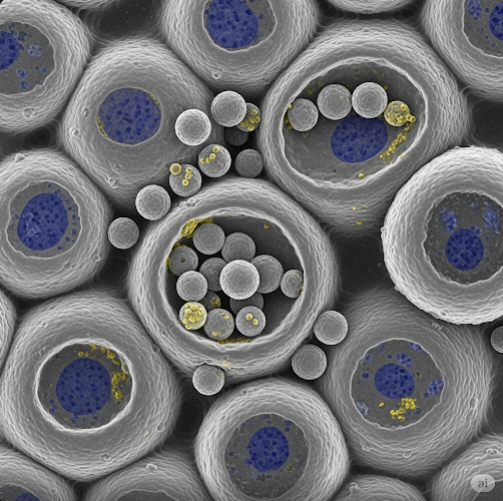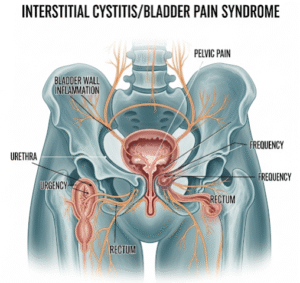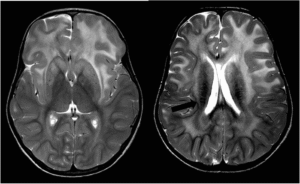Overview
Parvovirus infection refers to illnesses caused by viruses in the Parvoviridae family, the most common being Parvovirus B19, which primarily affects humans. This virus is best known for causing fifth disease (erythema infectiosum), a mild rash illness typically seen in children. Parvovirus B19 can also cause more serious complications in certain populations, including pregnant women, individuals with weakened immune systems, and those with blood disorders.
South Korea provides advanced diagnostic tools and comprehensive treatment options to manage parvovirus infections and their complications effectively.
What is Parvovirus Infection?
Parvovirus infection is caused by the Parvovirus B19, a small DNA virus that infects human red blood cell precursors in the bone marrow. The infection commonly spreads through respiratory droplets, blood transfusions, or from mother to fetus during pregnancy.
The infection often presents as a mild illness with symptoms like rash and fever but can lead to complications such as anemia, arthritis, or hydrops fetalis in unborn babies.
Symptoms
Symptoms of parvovirus infection vary by age and immune status, and may include:
- Fever and fatigue
- Slapped cheek rash on the face (classic in children)
- Lacy red rash on the trunk and limbs
- Joint pain or swelling (more common in adults)
- Headache and sore throat
- Runny nose and cough
- In pregnant women, infection can lead to fetal anemia and miscarriage
Some infected individuals may be asymptomatic.
Causes
Parvovirus B19 spreads primarily through:
- Respiratory secretions from coughing or sneezing
- Close contact with infected individuals
- Blood transfusions or organ transplants (rare)
- Vertical transmission from mother to fetus during pregnancy
The virus infects and destroys immature red blood cells, temporarily affecting blood production.
Risk Factors
People at higher risk for severe parvovirus infection include:
- Children aged 5-15 years (common age for fifth disease)
- Pregnant women, due to risk to the fetus
- Individuals with weakened immune systems (e.g., HIV, chemotherapy patients)
- People with chronic hemolytic anemias (e.g., sickle cell disease, thalassemia)
- Healthcare workers and caregivers exposed to infected individuals
Complications
While many cases are mild, complications can occur, especially in vulnerable populations:
- Severe anemia due to temporary halt of red blood cell production
- Aplastic crisis in patients with chronic anemia
- Arthritis or joint inflammation lasting weeks to months
- Hydrops fetalis (severe fetal anemia leading to heart failure) in pregnancy
- Miscarriage or stillbirth if infection occurs during pregnancy
- Rare neurological complications such as meningitis or encephalitis
Prevention
Prevention focuses on limiting virus transmission and protecting vulnerable groups:
- Practice good hand hygiene and respiratory etiquette
- Avoid close contact with infected individuals during outbreaks
- Use protective equipment in healthcare settings
- Pregnant women should avoid exposure to infected individuals when possible
- There is currently no vaccine available for parvovirus B19
Treatment Options in Korea
Treatment for parvovirus infection in South Korea is mainly supportive, with specialized care for complications:
1. Diagnosis
- Blood tests for Parvovirus B19 antibodies (IgM and IgG)
- PCR tests to detect viral DNA
- Complete blood counts to monitor anemia
2. Supportive Care
- Rest and hydration
- Over-the-counter pain relievers and fever reducers
- Treatment of joint pain with NSAIDs
3. Specialized Treatment
- Blood transfusions in cases of severe anemia or aplastic crisis
- Intravenous immunoglobulin (IVIG) for immunocompromised patients
- Close monitoring during pregnancy with fetal ultrasound and interventions as needed
4. Hospitals and Clinics
Major Korean medical centers like Severance Hospital, Samsung Medical Center, and Asan Medical Center provide expert care in infectious diseases and maternal-fetal medicine, offering advanced diagnostics and management of parvovirus infection and its complications.













